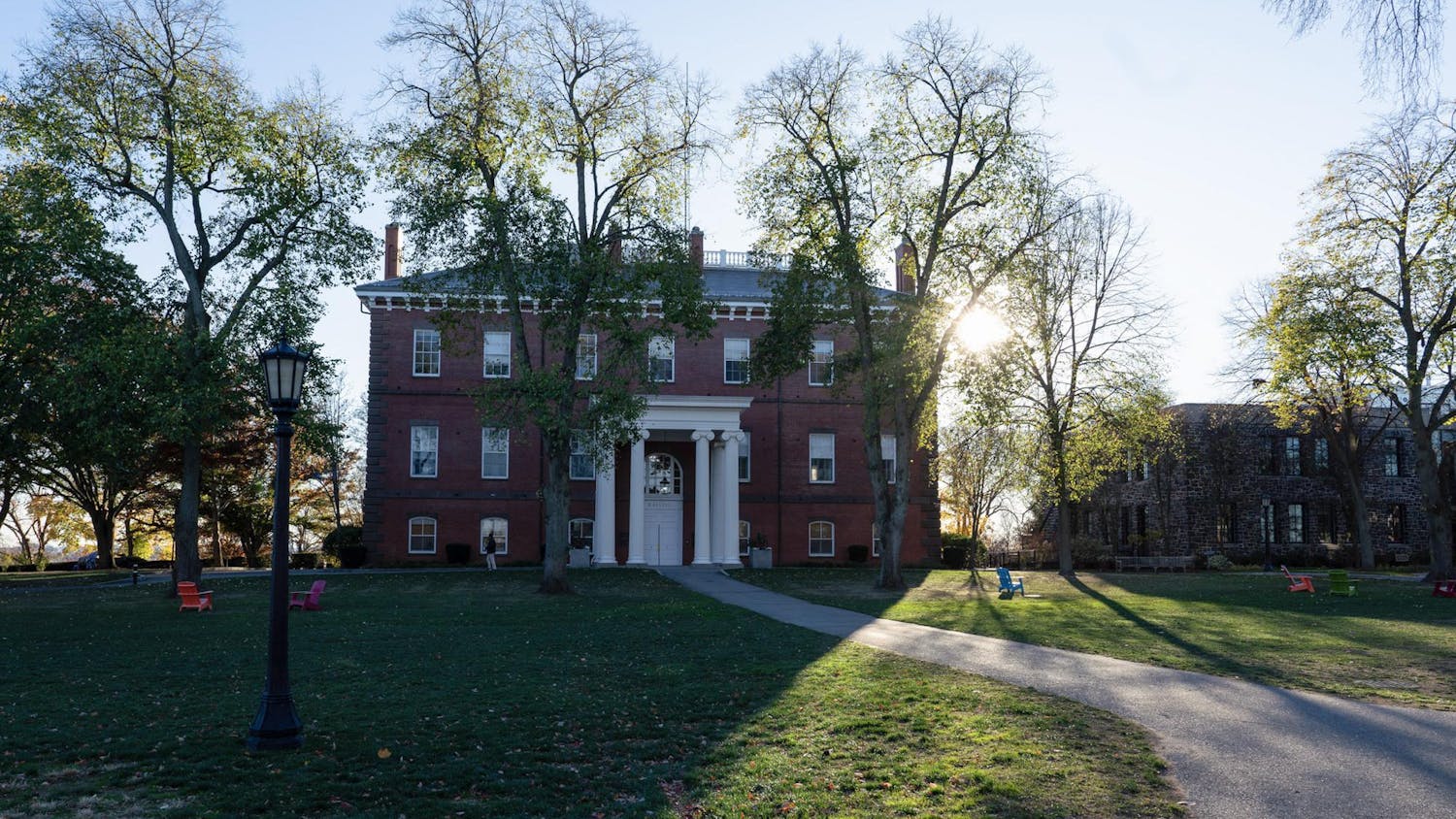When he realized that his high school classmates had been able to accurately detect that he was gay before he even realized his own sexual orientation, Tufts psychology Ph.D. candidate Nicholas Rule began thinking hard about the nature of non-verbal communication and visual perception. He wondered if — and how — it was possible to accurately perceive certain characteristics based on quick glances at other people.
Working with Professor of Psychology Nalini Ambady, Rule has conducted several psychology studies dedicated to the accuracy with which faces can be judged. Dipping into his own personal history for inspiration, Rule conducted a study revealing that a man's sexual orientation can be observed by looking at his facial features for just a fraction of a second.
Rule and Ambady began the experiment by taking a sample of 90 male faces from pictures used in personal ads, 45 of which were self-identified as gay, 45 as straight. The duo standardized the faces by testing them for attractiveness and emotional expression, and ensured that "familiarity effects" were avoided by choosing samples from outside the Boston area.
The pair then showed the photographs to Tufts students under six different conditions — for 10 seconds, six and a half seconds, self-paced (about a second and a half), 100 milliseconds, 50 milliseconds and 33 milliseconds — and analyzed the results to determine how accurately the participants could judge whether the men in the photographs were gay.
Quite accurately, they found.
For nearly every time interval, the accuracy with which participants label ed a subject as gay or straight hovered around 70 percent. What Rule found particularly significant was that few participants strayed far from this accuracy level, and no photos were guessed entirely accurately or inaccurately.
"We never have a hundred percent agreement on any one face," Rule said. "Which is really interesting, I think."
But despite efforts to keep the faces pictured ambiguous, doubts were inevitably raised as to whether hand-picking gay and straight men out of a lineup was simply too easy.
"That's the first question that people ask — they're like, ‘Oh, well, you know, who are these flamers you have in the study that are so obvious?'" Rule said. Other critics of the study suggested that hairstyle might tip participants off, or that personal ads might be too obvious or intentionally deceptive.
So Rule further standardized the experiment by taking faces of men from Facebook.com, using only those photos that were "Tagged by Others" with the men in groups of people rather than alone. This helped cut back on what Rule called the "self-presentation" aspect that would have led to skewed or inaccurate results.
The researcher took the tests a step further by removing hairstyles altogether from the photos, and at one point ran the tests on photos of only eyes.
The results came back, silencing doubters of the experiment: Participants decided who was gay and who was not with the same level of accuracy under all conditions. "There was no difference, which was excellent," Rule said.
Rule himself was initially skeptical of the experiment. "I didn't think it would work," he said. "The whole thing was actually really exciting to see evolve because we started with 100 [milliseconds], and then we were sort of like, ‘Oh my God it, worked — let's try 50, let's try 33, and then going up [in amount of time], what if we make them really think about it?'"
For Rule and Ambady, the process was exciting because it pointed to broader psychological insights.
"People actually can accurately judge sexual orientation from the eyes and mouth, but they don't know that they can, which is super cool," Rule explained. "This then suggests that how we perceive people probably occurs through these multiple paths, you know, consciously and unconsciously."
"So really, this shows that our intuitive judgments about gay and straight are based in something and they're somewhat accurate," he added.
In step with the increasingly common use of terms like "gaydar," bloggers and media outlets swarmed Rule with curiosity — and criticism — as to the scientific merits of his experimentation.
"It was a little frustrating at first because the bloggers clearly have not read the study — they would be saying all these things and making all these accusations that were completely outrageous, that would have been clearly addressed if they had read the paper," Rule said. "I didn't want to respond to them because I didn't want to get into a dialogue with the bloggers."
For such experiments, media coverage can signify the end of testing: Researchers hope to keep the intentions of the experiment under wraps to their participants until after the testing has been completed.
"When all the press about it came out, we were basically screwed," Rule said. "So we really can't do too much anymore because now everyone knows about it."
More from The Tufts Daily





